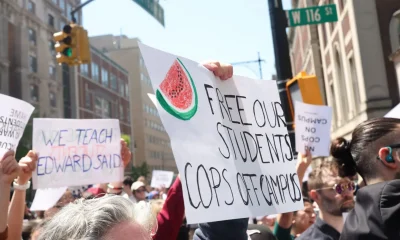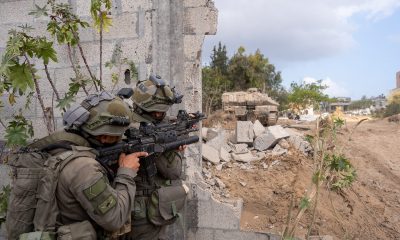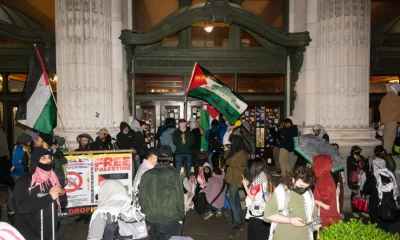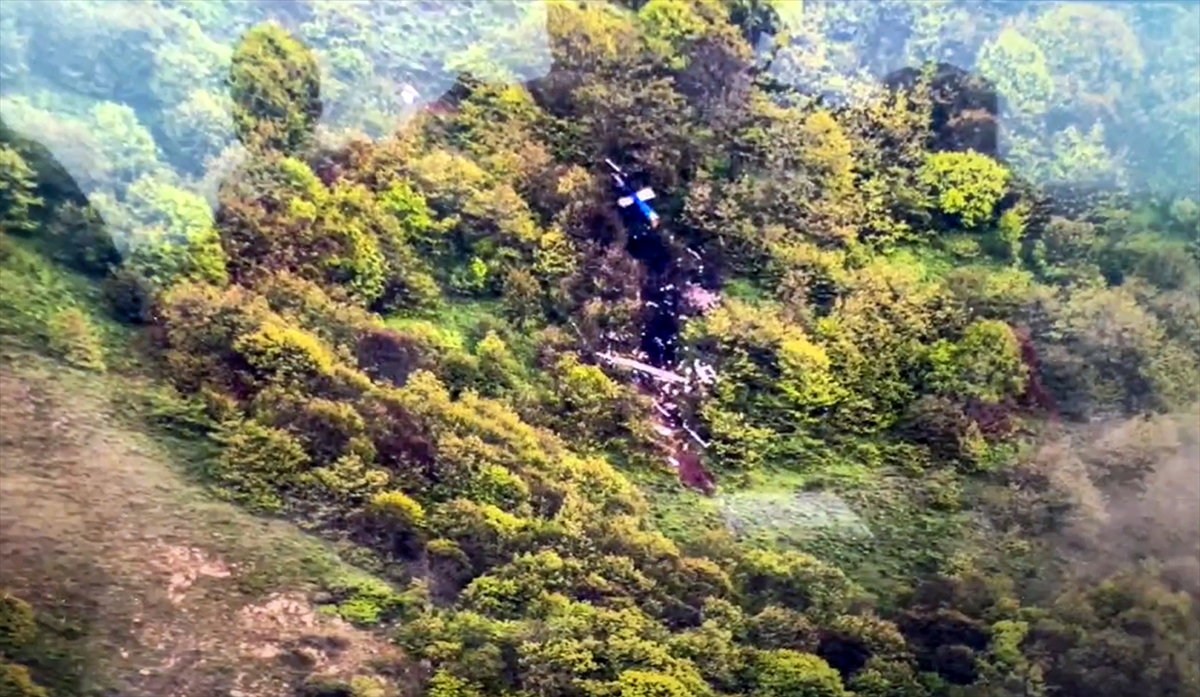Iranian President Ebrahim Raisi and Foreign Minister Hossein Amir-Abdullahiyan have been died in a helicopter crash.
Iranian state television announced that there were no survivors in yesterday’s helicopter crash involving President Riyadh. While the wreckage of the helicopter was reached after 15 hours, it was stated that Raisi and Foreign Minister Abdullahiyan, Tabriz Governor Malek Rahmati and Iranian leader Khamenei’s representative in Tabriz Mohammad Ali Al-i Hashim were among those killed in the accident.
It was noted that 2 senior military officials of the Revolutionary Guards Army and 3 crew members on board Raisi’s helicopter also lost their lives in the accident.
Akıncı UAV provides support
President Raisi had flown by helicopter yesterday to attend the opening of a dam on the Iran-Azerbaijan border.
Iranian state television announced that an accident had occurred when Raisi’s helicopter made a hard landing on its way back from the region.
Search and rescue teams reported that work was continuing with difficulty due to adverse weather conditions, and that Iran had requested an unmanned aerial vehicle (UAV) from Turkey to conduct aerial searches.
The Akıncı UAV, which was used by Turkey in the search for the helicopter crash, had detected the heat source, believed to be the wreckage of the helicopter, and shared its coordinates with the Iranian authorities.
Iranian state television announced that there were no signs of life at the wreckage site of the helicopter carrying Iranian President Rice and Foreign Minister Abdullahiyan, which had been found by the Akıncı UAV.
First vice president takes over temporarily
Article 131 of the Iranian constitution stipulates that in the event of the death of the president or the failure to elect a new president, the first vice president, appointed by the country’s supreme leader (Ali Khamenei), will assume the powers and responsibilities of the president.
The Expediency Council, consisting of the speaker of the parliament, the head of the judiciary and the first vice-president, i.e. the heads of the legislative, executive and judicial branches, is responsible for organising the process of electing a new president within a maximum of 50 days.
Who is Ebrahim Raisi?
President Ebrahim Raisi, known as a lawyer and cleric, was born on 14 December 1960 in Mashhad, Iran.
After the 1979 revolution, Raisi began his career in 1981 as the public prosecutor of Khelet. He quickly rose through the ranks, becoming Deputy Prosecutor General of Tehran at the age of 25.
Raisi was a member of the four-man committee that decided on the execution of imprisoned opponents of the regime in 1988, on the orders of the Iranian revolutionary leader Khomeini.
After Khomeini’s death, Raisi, who rose rapidly in the state authorities during the era of Ali Khamenei, served as Tehran’s chief prosecutor between 1989 and 1994. In 1994, Raisi was appointed head of the State Supervisory Organization, a position he held for 10 years.
In 2004, Raisi was appointed First Deputy Head of the Judiciary. In 2014, Raisi was appointed as the Prosecutor General of Iran and in 2016 he was appointed by Khamenei as the President of the Imam Reza Shrine and Complex Foundation in the city of Mashhad.
Raisi, who was also a candidate in the presidential election held on 19 May 2017, lost the election to then-President Hassan Rouhani.
Raisi was appointed head of the judiciary in March 2019 after his predecessor, Ayatollah Amouli Sadeq Larijani, was dismissed by Khamenei and appointed head of the Council for the Promotion of Maslahat of the Order.
In the elections held in Iran on 18 June 2021, Raisi won by a landslide with 62% of the vote and became the 8th president of Iran. Raisi’s presidency was marked by a foreign policy that prioritised relations with neighbouring countries. During this period, relations with Saudi Arabia were re-established after 7 years.
Raisi was placed on the US sanctions list in November 2019 for his alleged role in the execution of political prisoners and the suppression of social unrest in 2009.
Ebrahim Raisi’s name has been mentioned as a possible successor to Khamenei.
Who is Hossein Amir-Abdullahiyan?
Known for his conservative identity, Hossein Amir-Abdullahiyan was born in 1964 in Damgan, Simnan Province, Iran.
He graduated from the Department of International Relations at Tehran University in 1991 and is fluent in Persian, Arabic and English. He served for a time as ambassador to Bahrain under former president Mahmoud Ahmadinejad.
Abdullahiyan, who later served as deputy foreign minister for Arab and African affairs under Ahmadinejad and Hassan Rouhani, became foreign minister in August 2021, succeeding former foreign minister Javad Zarif, whom he also served as deputy for three years.
Prior to becoming Foreign Minister, Abdullahiyan was Special Assistant to the Speaker of the Parliament Mohammad Baqer Qalibaf for International Relations.
During Abdullahiyan’s tenure as foreign minister, Iran reached an agreement with Saudi Arabia on the resumption of diplomatic relations and the mutual opening of embassies in March 2023, 7 years after tensions between Tehran and Riyadh.


 INTERVIEW1 week ago
INTERVIEW1 week ago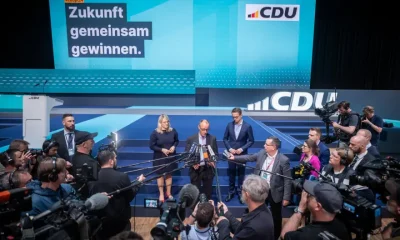
 EUROPE2 weeks ago
EUROPE2 weeks ago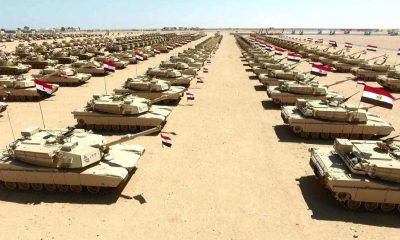
 MIDDLE EAST2 weeks ago
MIDDLE EAST2 weeks ago
 EUROPE2 weeks ago
EUROPE2 weeks ago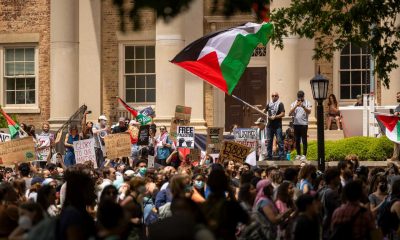
 MIDDLE EAST2 weeks ago
MIDDLE EAST2 weeks ago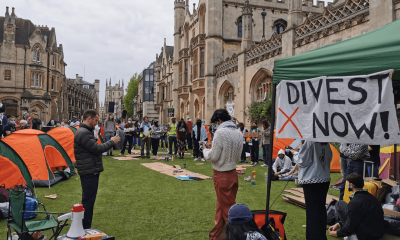
 EUROPE2 weeks ago
EUROPE2 weeks ago
 MIDDLE EAST2 weeks ago
MIDDLE EAST2 weeks ago
 DIPLOMACY1 week ago
DIPLOMACY1 week ago

